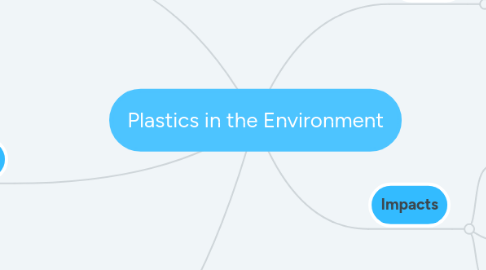Plastics in the Environment
por Matthew Currey


1. Conservation
1.1. Large corporations encouraged to use biodegradable or photodegradable plastics
1.2. Charities like the ocean cleanup developed large-scale removal of plastics from ecosystem
2. Oceanic Plastics
2.1. Macroplastics
2.1.1. Large plastics that can be mistaken for food -> causes animals to suffocate
2.2. Microplastics
2.2.1. Microscopic sized plastics picked up by filterfeeders or secondary consumption, after being broken down by other consumers or physical action
2.2.2. Cause plastic to work it's way into every aquatic animal, through secondary, tertiary and quaternary consumption of plastics
3. Terestrial Plastics
3.1. Plastics have a different effect on different ecosystems
3.2. Plastics take thousands of years to break down
4. History
4.1. In the 1970's northern fulmars were documented to contain plastic
4.1.1. Leads to a reduction in the birds quality of life

